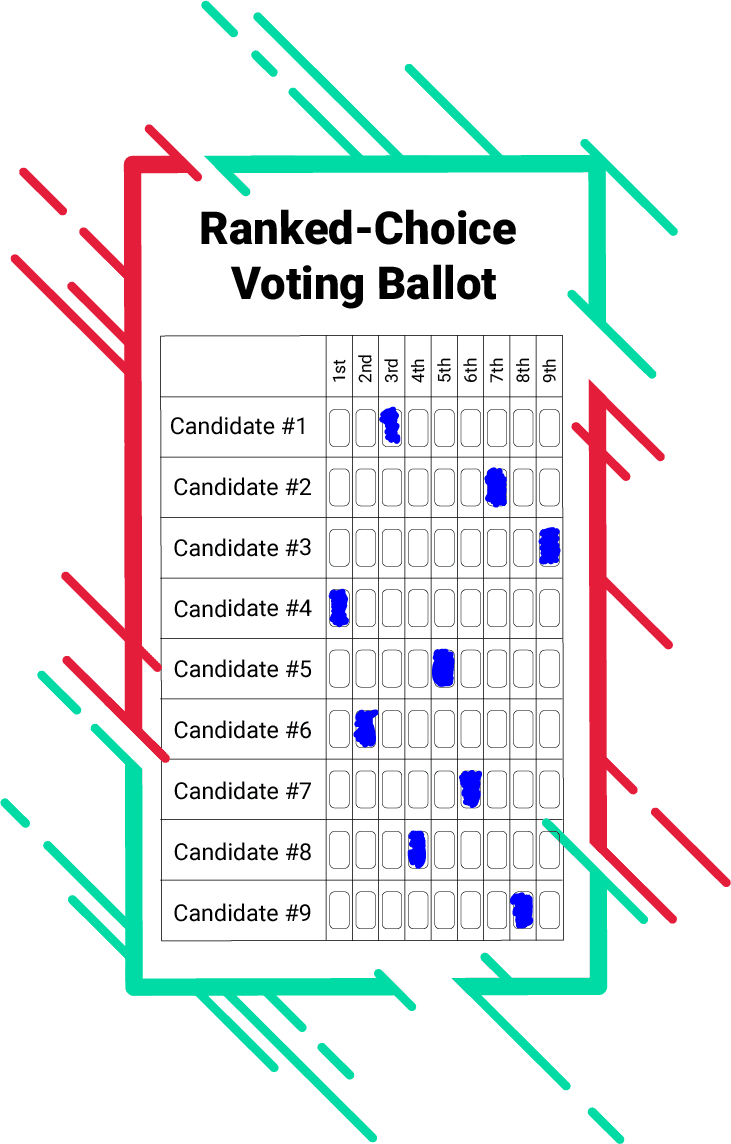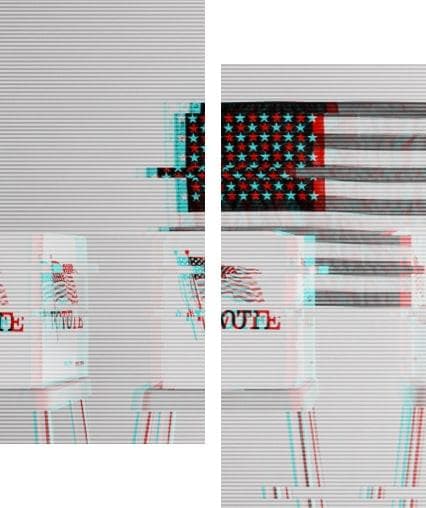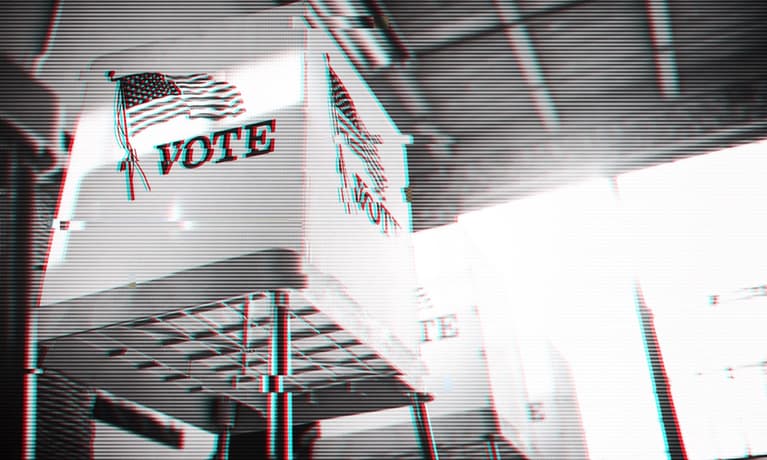Ranked-Choice Voting threatens our elections.

It’s more complicated, more partisan, and less transparent. Ranked-choice voting is wrong for our elections. Sign the petition if you agree!


Risks of Ranked-Choice Voting
- RCV is complicated for voters and election workers
- RCV encourages fringe candidates and radical splinter parties
- RCV is slow and relies on technology that many voters don’t trust

